Some people collect rocks. Others collect stamps. Peter Merlin, a former NASA archivist who’s become a leading expert on military aircraft and Area 51, collects the physical remnants of government secrets. As he explains in the artist Trevor Paglen’s new book, From the Archives of Peter Merlin, Aviation Archaeologist, Merlin’s chief animating impulse is fairly simple: “Something always remains,” meaning that every project, no matter how clandestine, leaves a trace—a scrap of metal, a security badge, a commemorative mug. Merlin has amassed a trove of such traces, which are often the only public evidence of highly classified operations. These crumbs offer rare insight into the shadowy machinations of the state, the violence and surveillance committed in our name. A selection of artifacts from Merlin’s collection, along with explanatory text from Paglen, appears below.
Civil Defense pamphlets from the fifties and sixties offered helpful tips for surviving nuclear bombardment. Such gems included “Take a shower…to remove any radioactive contamination” and “Don’t spread rumors.” Government authors attempted to assure citizens that nuclear war was easily survivable, yet the cover of one booklet features the phrase “Avoid panic” beneath a terrifying image of a city engulfed in flames beneath an atomic mushroom cloud.
A challenge coin issues for an unknown black project. Many military organizations issue special coins to commemorate a unit, project, or event. This is true even for classified Special Access Programs, colloquially known as “black” programs. Since the imagery depicted on each face of the coin must be approved by program security personnel, these coins typically reveal little information. This example takes that approach to the extreme.
The Transportation Squadron at Groom Lake is responsible for trucking materials and goods in and out of the classified air base. Because the truckers freely move between the base and the outside world, they “know no boundaries.” The reverse side of the coin features an image of the Air Transportation Badge, as well as a Teamsters logo, representing both Air Force and contractor personnel.
During the late seventies, Lockheed’s Advanced Development Projects division, popularly known as Skunk Works, developed two stealth technology demonstrators under Project Have Blue. While the test program was under way at Area 51, the head of Skunk Works’ flight-test operations designed a logo for his crew to commemorate their involvement with Have Blue. This design was featured on coffee mugs. In his autobiography, former Skunk Works chief Ben Rich claimed these mugs were considered classified and had to be locked in a safe between coffee breaks. The logo’s designer, however, insists that this story is apocryphal.
This challenge coin has an unexpected connection to the B-2 program, possibly related to offensive avionics. The Latin inscription translates as “The shit hits the enemy.” The test organization, dubbed Team Guano, derived its theme and nickname from the cheeky acronym ExLACS.
On February 15, 2013, a large fireball was observed over the Chelyabinsk district of Russia. Traveling at forty thousand miles per hour, the meteor (a small fragment of an asteroid) was estimated to be approximately fifty-six feet across and weigh seven thousand to ten thousand tons. It disintegrated approximately twelve miles above the ground, unleashing energy equivalent to nearly five hundred kilotons of TNT (more than thirty times the yield of the atomic bomb that destroyed Hiroshima during World War II). Resulting shock waves damaged structures and shattered windows over a wide area, injuring more than fourteen hundred people. A shower of stony meteorites fell to earth in a strewn field more than sixty miles long.
A challenge coin for the RQ-170 Sentinel features the Japanese maru symbol, often associated with the drone. The dates noted may signify a number of important developments in the program. The concept was apparently developed in response to the terror attacks of September 11, 2001. The first flight took place in 2005, and the RQ-170 became operational in 2007. Its existence was officially acknowledged by the Air Force in 2009. The letters XE may signify an extended-range upgrade. In 2011, the Sentinel was employed as part of the Bin Laden raid in Pakistan and was also used to monitor Iranian nuclear facilities.
Dining-out souvenir from the “black world.” The Air Force holds two types of banquet: dining in and dining out. The first is a formal dinner for members of a wing or component unit. The latter is a more recent custom that includes spouses and guests. This paperweight was presented to attendees of such an event celebrating the fiftieth anniversary of Area 51, a classified airfield in Groom Lake, Nevada. The event was oddly timed, however. The site that would eventually be known as Area 51 was selected and built by the CIA in 1955 to test the U-2 spy plane. It’s unclear why the Air Force celebrated its semicentennial anniversary in 2004 rather than 2005.
Long before lobbyists pushed the idea of a separate military branch called the Space Force, the Air Force effectively supported the mission of military space dominance. From left, the emblems of Headquarters, Air Force Space Command, Cyber Warfare Division (HQ AFSPC/A3Q); Flight Operations Division (HQ AFSPC/A3T); and Headquarters USAF, Space Control Division (HQ AF/A32).
The shield. In the sixties and seventies guards at Area 51 wore these badges. At that time, the base’s existence wasn’t classified, but everything that took place there was. Today, security guards around Groom Lake wear no insignia at all. This artifact is one of the few on which the words Area 51 appear.
Trevor Paglen (b. 1974) lives and works in Berlin and New York. His work spans photography, sculpture, investigative journalism, writing, and engineering; has been the subject of solo exhibitions at the Smithsonian, Eli & Edythe Broad Art Museum, Frankfurter Kunstverein, and Vienna Secession; and has been featured in group exhibitions at the Metropolitan Museum of Art, the San Francisco Museum of Modern Art, and the Tate Modern. He has launched an artwork into orbit around earth in collaboration with Creative Time and MIT and contributed research and cinematography to the film Citizenfour. He is the author of five books.
Excerpted from From the Archives of Peter Merlin, Aviation Archaeologist, by Trevor Paglen, published by Primary Information. All images and text appear courtesy of Primary Information.
from The Paris Review http://bit.ly/2W7ZgOh
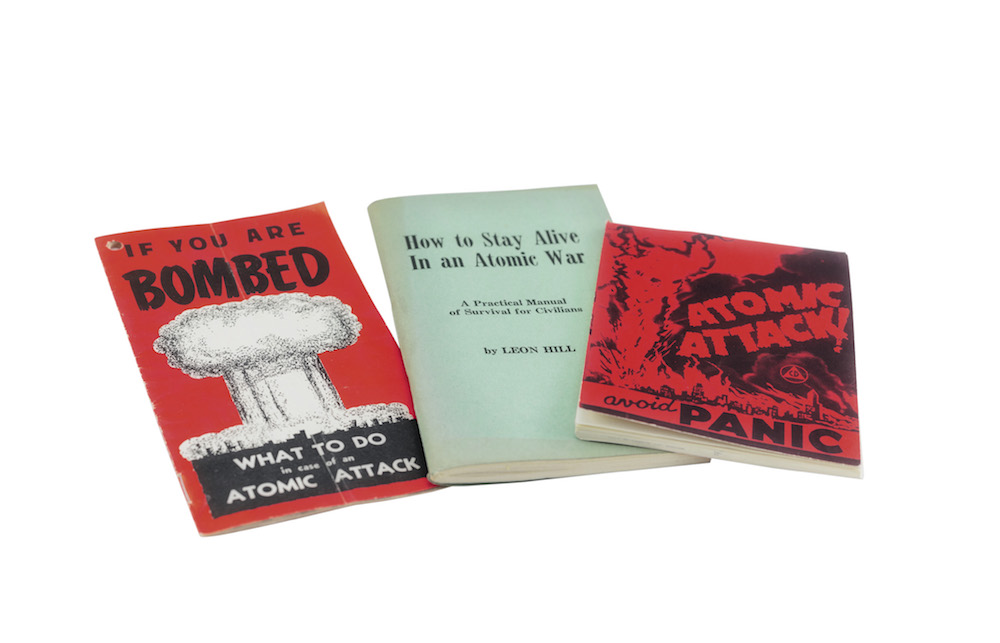

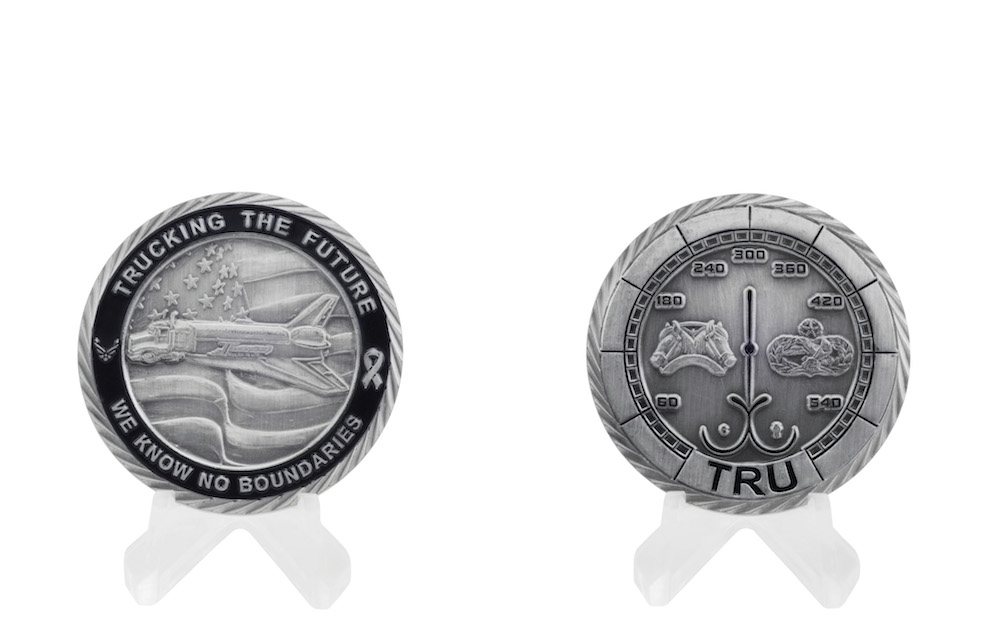

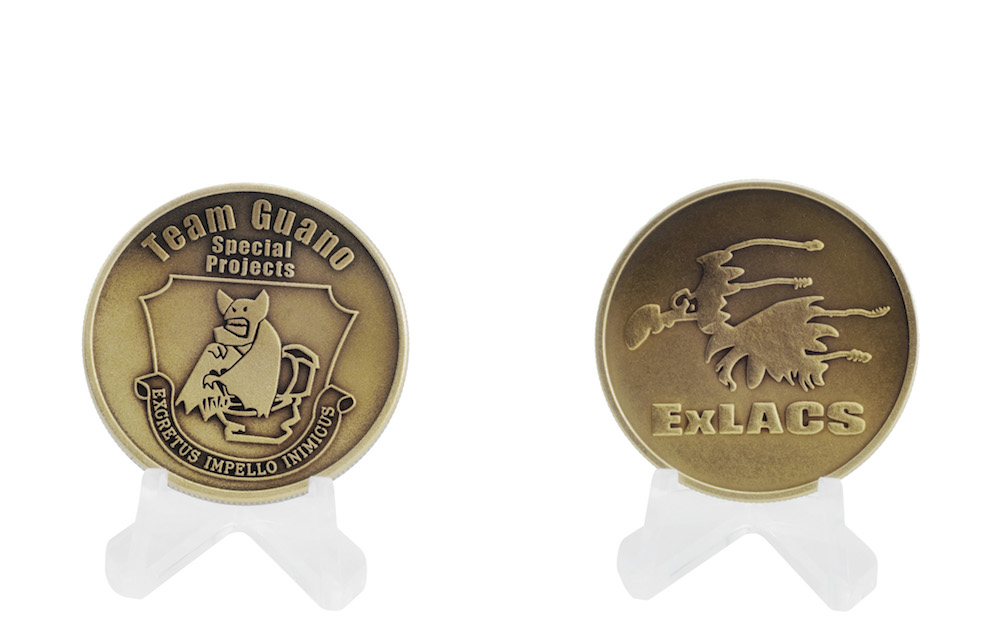
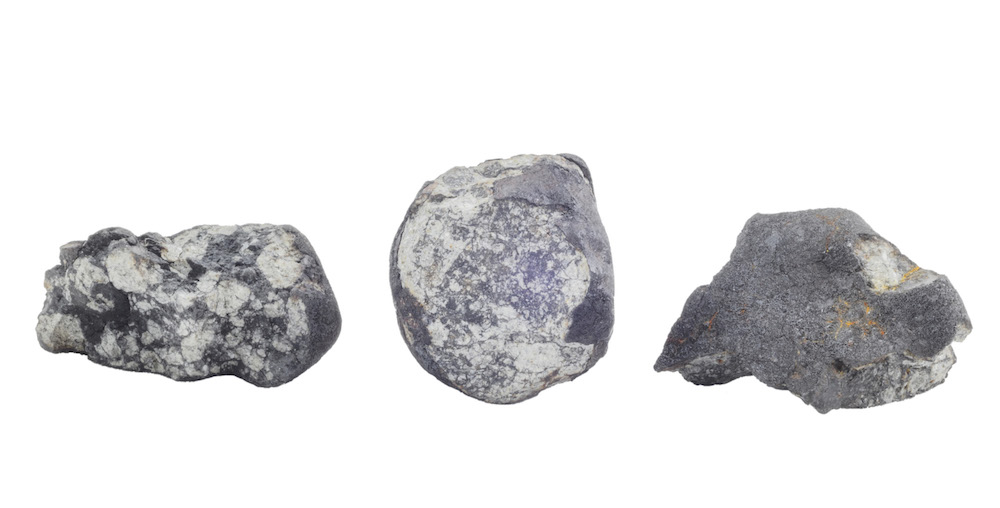
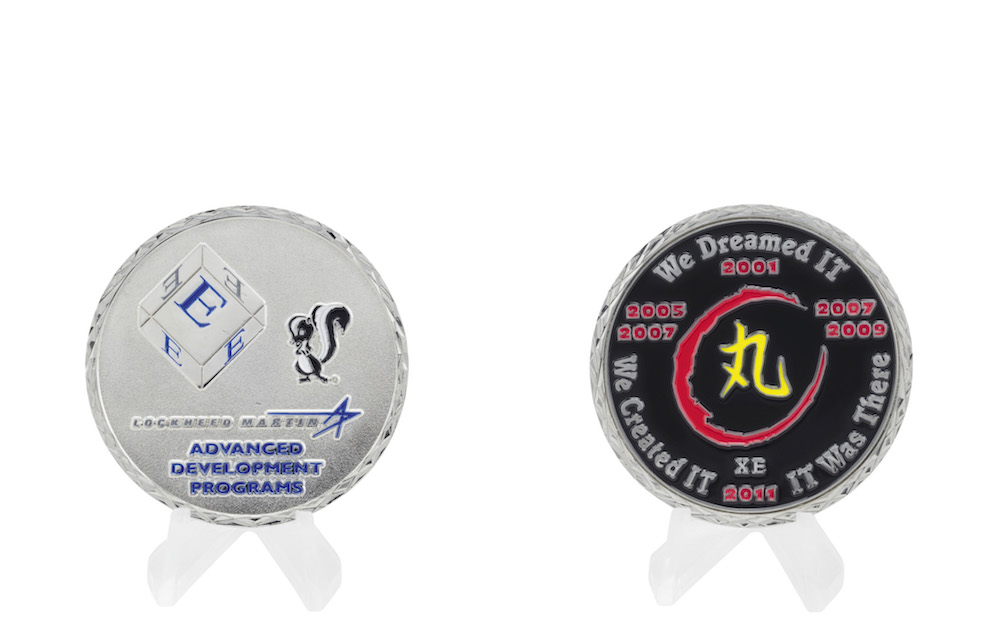
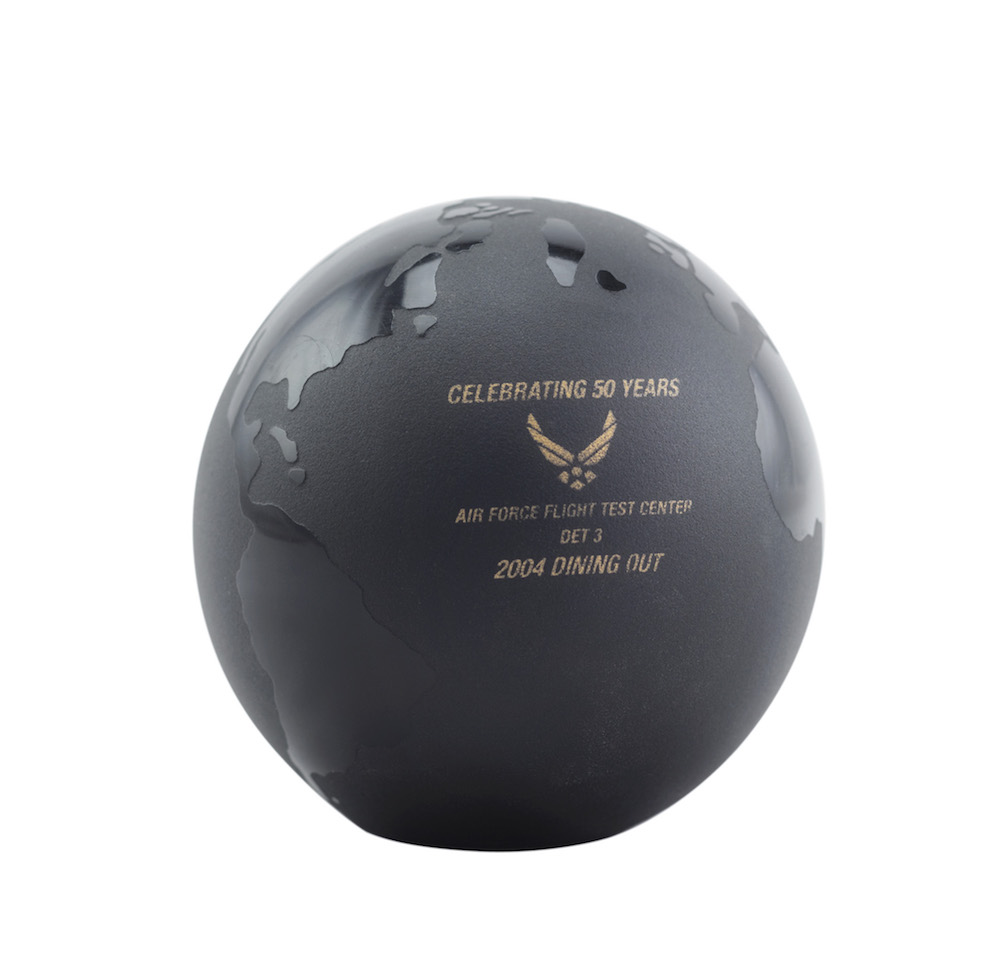
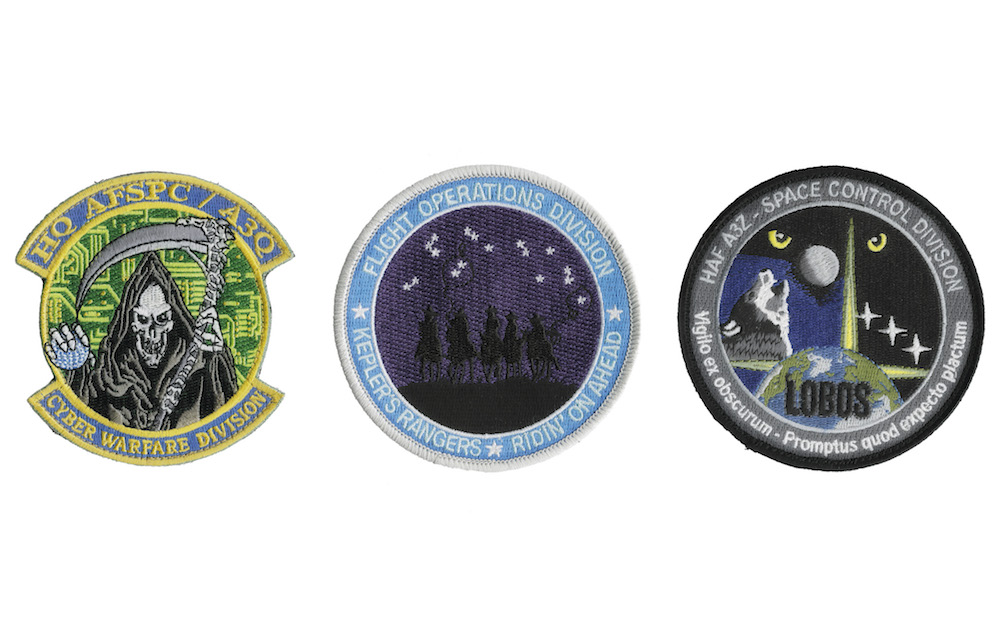
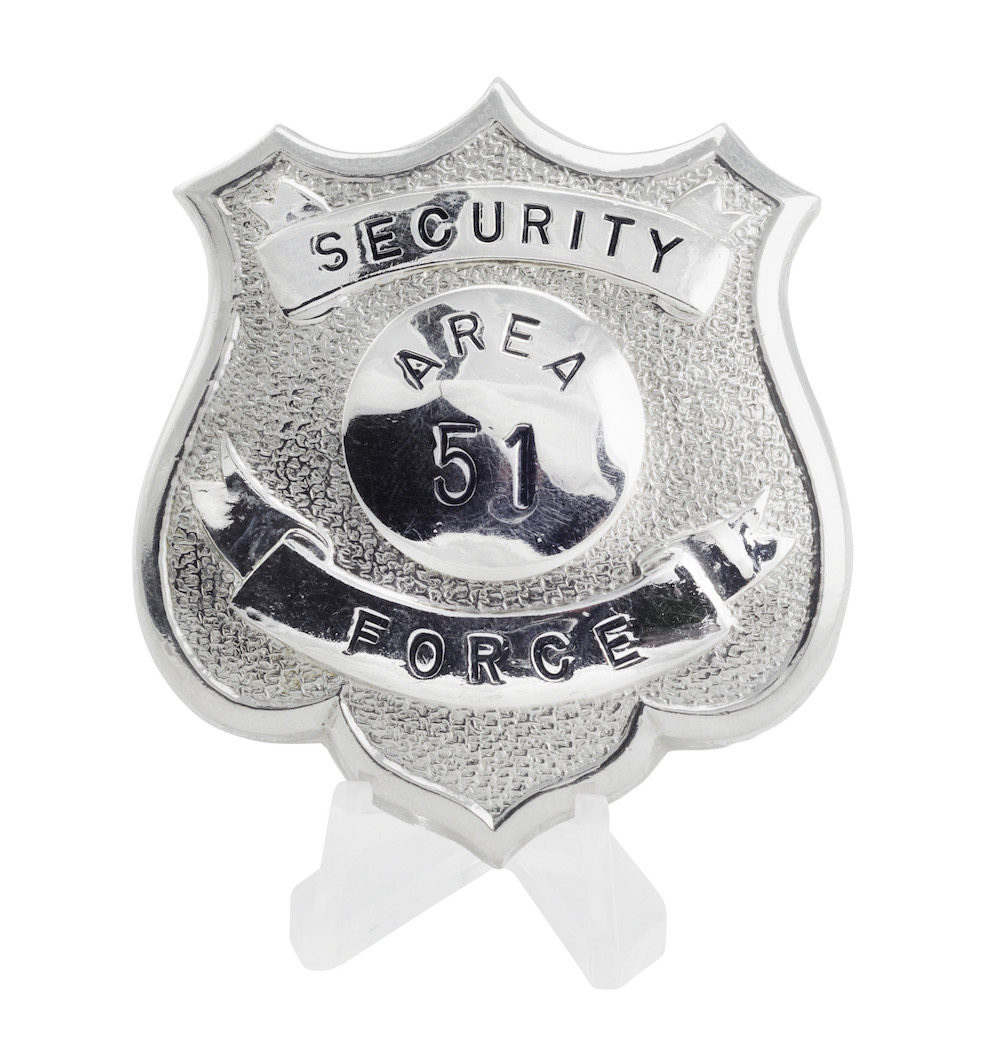
Comments
Post a Comment